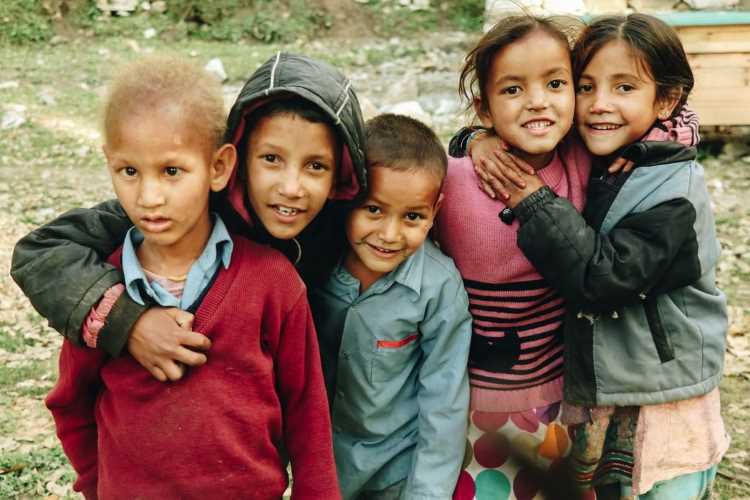The images of long queues of people waiting for food packets and free rations will be etched in our collective memory even years after the coronavirus pandemic. The central food security scheme covers around two thirds of India’s population, but the long queues tell us that it has left out some of the most needy. Ensuring food security must be the top-most priority of the government during pandemics and other disasters. The NGOs can be extended arms, but the system has to be put in place by the government.
Under the National Food Security Act 2013, the government guarantees the supply of foodgrain through PDS shops. According to the department of food and civil supplies, two thirds of the rural and half of the urban population (nearly 81 crore) are covered under PDS. On an average, each fair price shop handles 1,000 ration cards. The poorest of poor are given ration cards depending on the quota of foodgrain allotted to the state government. Thus, the first flaw of the system is that it does not cover all the poor. There is always around 10% of the population who need to get the entitlement. This is the reason why we read instances of deserving people being left out.
READ: Covid-19: Why not a salary challenge at the national level?
The system is well-oiled and foodgrain do reach PDS and those entitled avail the same at a fraction of the market price — Rs 2 per kg of wheat and Rs 3 per kg of rice. A family is entitled to get a maximum of 35 kg, which is sufficient for a family to survive for a month. Under the food security law, Anganwadis give nutritious food to pregnant mothers and children of pre-school age. The schools give one hot meal. However, it has not been able to contain the malnutrition levels. Millions of Indian children are victims of malnutrition. Among the 472 million children (2011 census), a whopping 97 million are anemic and undernourished.
An effective online PDS could have enabled migrants draw their entitlement anywhere in the country, but unfortunately very few states have adopted the SAMAGRA software that enables the same. The present crisis is a system failure. If SAMAGRA system is implemented across India, anyone entitled to get PDS grains could draw his share from the nearest fair price, while his family can get their ration back home. Had this system been in place, no one would have gone hungry and the long lines for food packets could have been avoided.
READ: Coronavirus impact: Indian economy may prove doomsayers wrong
Another issue is that the Food Corporation of India godowns are overflowing. FCI currently has close to 78 million tonne of rice and wheat, more than three times the buffer requirement of 21 million tonne. This means the entitlement and eligibility of states can be increased to make PDS more inclusive. As food security is a right, the needy person, irrespective of whether he has papers or not, should be provided. Those with no ration card should get assistance to make his/her card. The Covid-19 pandemic and the ensuing crisis should be seen as an opportunity to enable migrant labour to draw their quota of grain from the nearest PDS outlet even in normal times.
PDS needs to be strengthened by making it more inclusive. All states should adopt SAMAGRA common household data base model for all government schemes to ensure portability of ration entitlement.
(Dr Aruna Sharma is a development economist based in New Delhi. She is a former secretary with the government of India)

